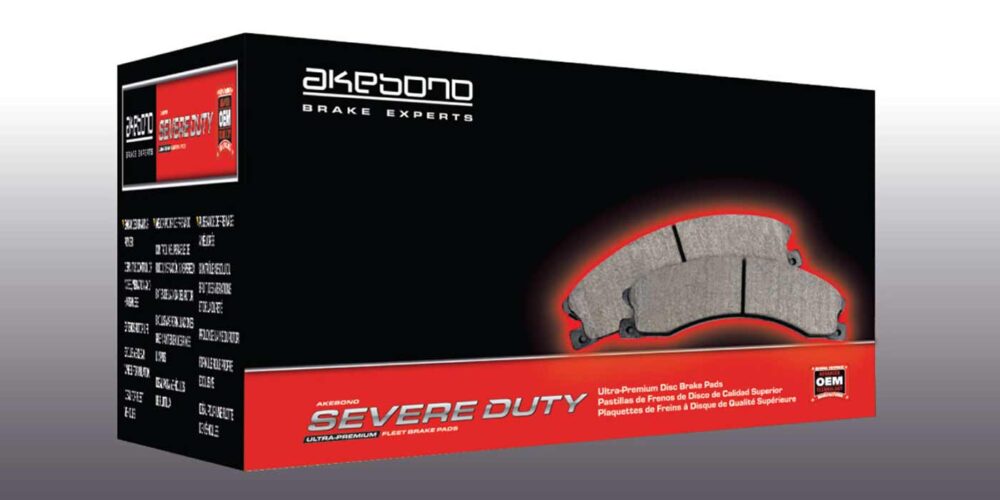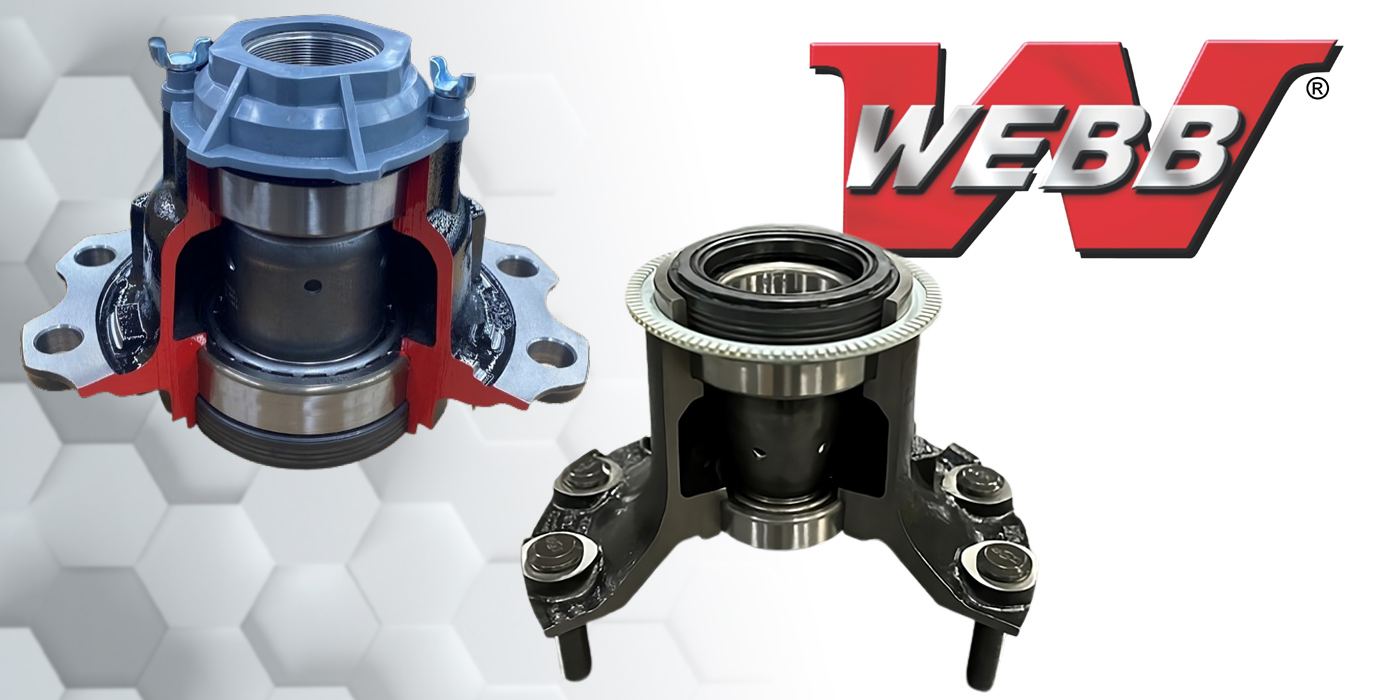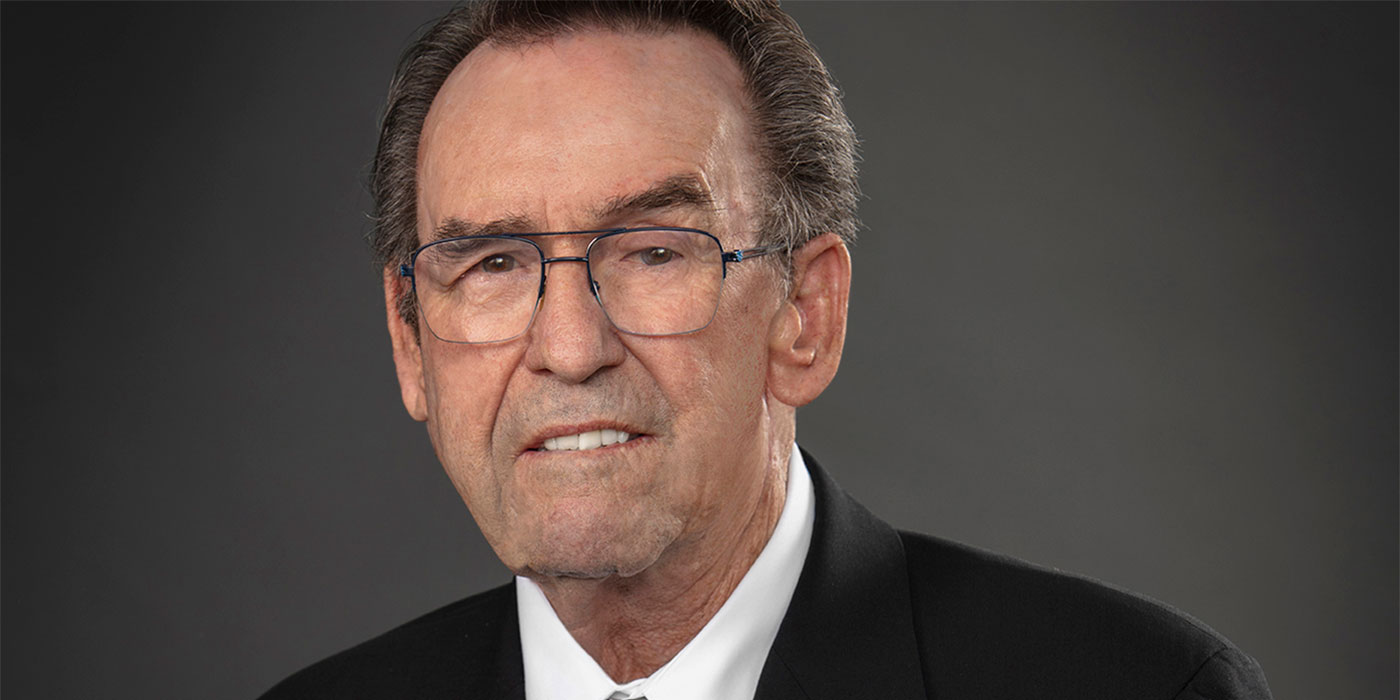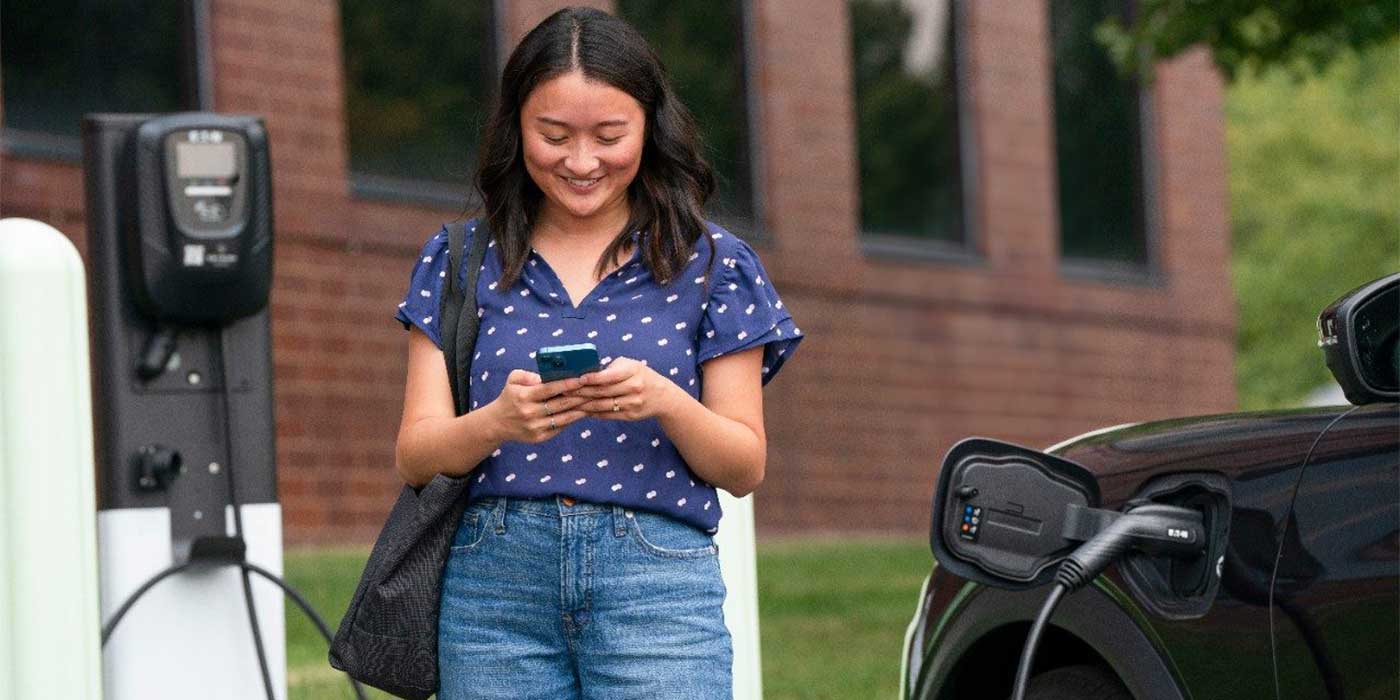A recent local newspaper editorial made the comment that global warming isn’t real. The author claimed it was invented by Al Gore to support liberal interests. Come on fella, two things are wrong with your argument: (1) Al Gore never invented anything—he’s a politician; (2) we have over fifty years’ worth of data that shows the earth is slowly warming.
At the recent G8 conference virtually everyone agreed that steps need to be taken to slow (or stop) global warming. However, no one has yet agreed on how to approach this problem. There is no information about how much warming the earth and its inhabitants can tolerate. It also makes little sense to limit carbon emissions from the developed nations if the developing nations are allowed to run amuck. China and India aren’t present at these meetings, and they currently have no intention of adding cost to their economies. Let’s hope resolution is forthcoming before we are all cooked!
As usual, our politicians don’t seem to fully grasp the situation. The current administration recently overturned a judgment made by the prior administration limiting California’s power to establish more stringent exhaust emissions and global warming regulations. When California, and the states that copy their legislation, pass legislation creating more stringent emissions standards, it has two adverse effects.
First, engine manufacturers, fuel suppliers and vehicle manufacturers are often forced to produce two products, one for the general U.S. market and one specifically for the
California-based market. Do you want to hazard a guess as to who pays for this duplication?
Second, more restrictive standards force our limited R & D resources to concentrate on meeting the new requirements rather than looking ahead to more basic engine and fuel research. For example, more ethanol will most likely be required. We all know that corn-based ethanol was a very unwise decision, but since researchers haven’t had sufficient time to develop alternatives, we will require a chemical which will further drive up food and cattle feed prices.
You would think the EPA and our legislators might have learned something from the missteps taken by passenger car manufacturers between 1970 and 1975 when catalytic converters were incorporated. We lost billions on vehicles that had poor performance AND poor fuel economy. It took the automotive industry years to recover from that debacle.
I recently became aware of a technology that I think makes great sense for use on diesel engines. We all know that pressurizing the intake (supercharging, turbo-charging, etc.) produces significantly more power out of an engine without increasing its displacement. The problem with pressurized intakes is: How do you turn them off when cruising so that you can optimize fuel economy?
In the ’60s, General Motors developed an onboard air compressor that could be used to deliver a shot of pressurized air to a 283 Chevy engine when you floored the accelerator. That little 283 engine performed like a 348 when it was boosted, but it gave good fuel economy when it wasn’t needed. Unfortunately, the idea went nowhere because purchasers only cared about performance, not fuel economy or emissions.
Bendix and its parent company, Knorr-Bremse, have recently reintroduced this concept for use on diesel engines. Although it was developed to boost performance of a too-small diesel where space might preclude a larger engine, just think what engine designers could do by using this system. For example, let’s take a current big block diesel of 13- or 14-liters and decrease the bore size until the engine is now 11- or 12-liters. We know that long-stroke, small-bore engines give better fuel economy and exhaust emissions than short-stroke engines because of better cylinder filling and a more compact combustion chamber.
We then set it up so the pressurized air discharges through individual nozzles directly into each combustion chamber. As the pressurized air is released through the orifices it is rapidly cooled, reducing NOx emissions significantly. This could allow drastic reductions in EGR, which would improve fuel economy even more. Of course, the particulate traps take care of CO, HC, and PM emissions.
What a deal! I want one, and I want it now!













